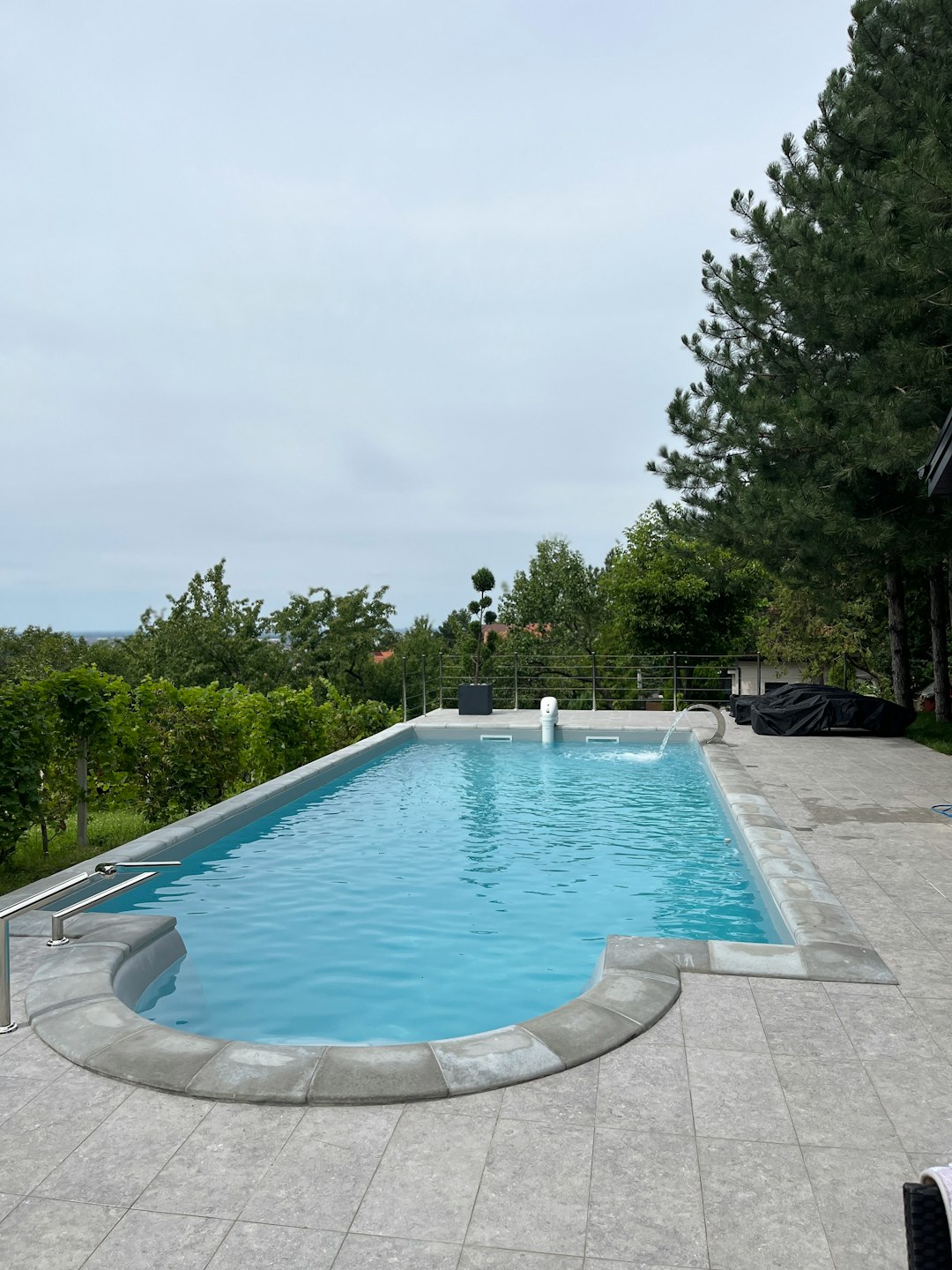
Water infiltration can occur in various forms, from rainfall and groundwater to high humidity and condensation. In buildings, basements and foundations are especially vulnerable, while parking garages, tunnels, and water treatment facilities also face significant exposure. Waterproofing solutions help to seal pores and cracks, creating a barrier that keeps moisture out. Technologies have evolved over the years, offering options such as liquid membranes, cementitious coatings, and crystalline treatments.
A critical aspect of choosing the right method depends on the structure’s location, usage, and environmental exposure. For instance, areas exposed to frequent freeze-thaw cycles benefit from flexible coatings that adapt to movement without cracking. On the other hand, below-grade structures may require more robust, multi-layer systems. Understanding these variables is essential when selecting a waterproofing strategy. For more insights on the types of materials used and how to apply them effectively, this guide on concrete waterproofing methods provides valuable information.
The benefits of waterproofing extend beyond structural protection. Moisture control improves indoor air quality, prevents mold growth, and reduces maintenance costs over the lifespan of a building. Moreover, effective waterproofing can enhance energy efficiency by minimizing moisture transfer and the resulting loss of insulation value. This makes it an important consideration not only for large-scale infrastructure but also for residential and commercial spaces.
In addition to traditional methods, innovations in the industry have led to more sustainable and user-friendly products. Some treatments can be applied to existing concrete surfaces without the need for extensive preparation, making them ideal for renovation projects. Others offer eco-friendly formulations that minimize environmental impact. These advancements continue to shape how modern construction approaches the challenge of water intrusion. For more on how new techniques are helping to improve performance and longevity, how to waterproof a basement is a useful resource.
Ultimately, investing in the right waterproofing solution protects not just the structure, but everything within it. Whether for a home foundation or a commercial facility, ensuring that concrete remains dry and resilient pays dividends in reduced repair costs, improved safety, and long-term value.









